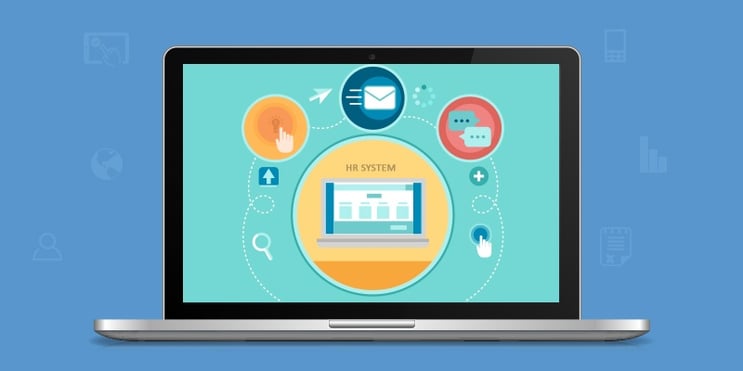
This week we wrote about an excellent report on customer satisfaction in the HR software market, presented by the Fosway Group, a prominent European consulting firm.
I came away with the impression that there is a conflict of perceptions between vendors and customers — to the point it made me think of a hockey team and a basketball team showing up on a football field to have a game. We wrote about some of the things customers must do to make themselves understood and manage the relationship better.
Since then I’ve been thinking about what the report described as a somewhat universal desire for a “consumer-grade” experience, as though users want the transactions in their HR systems to be like buying a book at Amazon. The term has become a buzzword that conveys little understanding of the experience. We don’t fault the authors of the report — we have used that buzzword several times this year. We all do, but sometimes it needs explanation.
We need to read the entire report to get a complete picture. Consumer grade experience is not the driving factor in dissatisfaction. What drives it are marketing practices, business priorities, and the nature of the work.
Marketing Practices and the Real User Experience
The problem with buzzwords is that when we use them in marketing, we can set up unrealistic expectations. An HR transaction is not consumer purchase. Most HR transactions are simple and straightforward. A good user experience is very merely a matter of reducing the friction in the experience and making sure that all the resources the user needs to complete the transaction and make decisions are on the page.
But many complex processes, such as deciding where an individual belongs in the succession plan, requires multiple decisions, resources, and collaborations. It is never going to be like buying a book on Amazon unless AI and machine learning reduce complex, unpredictable human beings to a cipher.
When we are dealing with a software application for a single purpose, vendors can easily offer a free trial, but when you’re dealing with an entire suite of products it can be difficult. Supporting a fully functional “sandbox” can be prohibitively expensive. However, when you get down to the selection point in the buying process, it is not unreasonable to expect of fully functional demo configured to your specifications.
Business Priorities
When price is the first consideration in a purchase, features such as usability can become “nice to have.” As an HR practitioner who used clunky legacy systems decades ago and became directly involved in the transformation of those systems into much more user-friendly cloud systems, I saw it happen many times.
As the report authors pointed out, much of the dissatisfaction with HR systems is not with the software but in the buying process. What they really want is more transparency and the ability to compare features, prices and service delivery side-by-side. In today’s market, that’s not going to happen.
Resources are available, but they require diligence and some expense. Many able consulting companies can fill the gap. Crowd sourced rating websites and evaluation tools abound. Every vendor presents its own perspective on “the right way” to select a software system. Consider the plight of a company that wants to install a new learning management system and needs to whittle down a growing list of over 700 vendors. Fortunately, lots of good advice is available from many sources if you are diligent.
Product or Process?
It is hard to know without inside information from each organization whether dissatisfaction is driven by the software or the customer’s processes. We have seen both extremes and everything in the middle.
The best we can recommend for customers is patience, diligence, and the right expertise at the right time. Begin your project with the right skills on board.
Pixentia is a full-service technology company dedicated to helping clients solve business problems, improve the capability of their people, and achieve better results.


